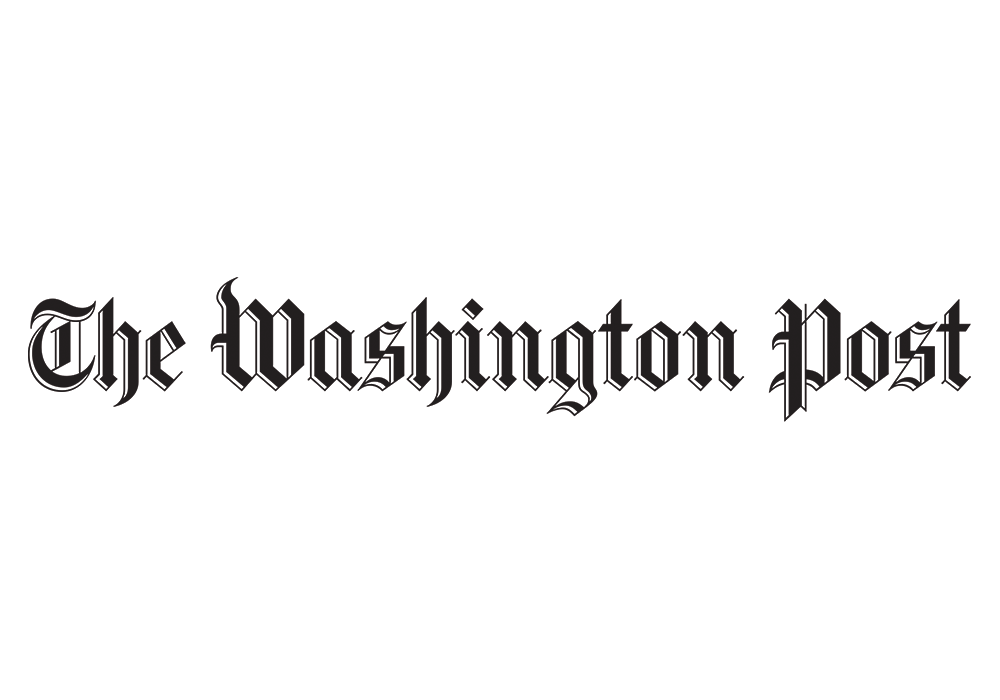The pilot’s voice was calm yet focused as her plane descended with 149 people on board.
“Southwest 1380, we’re single engine,” Capt. Tammie Jo Shults, a former fighter pilot with the U.S. Navy, said. “We have part of the aircraft missing so we’re going to need to slow down a bit.” She asked for medical personnel to meet her aircraft on the runway. “We’ve got injured passengers.”
“Injured passengers, OK and is your airplane physically on fire?” asked a male voice on the other end, according to an air traffic recording.
“No, it’s not on fire, but part of it’s missing,” Shults said, pausing for a moment. “They said there’s a hole, and uh, someone went out.”
The engine on Shults’ plane had, in fact, exploded on Tuesday, spraying shrapnel into the aircraft, causing a window to be blown out and leaving one passenger dead and seven others injured. Frightened passengers on board the Dallas-bound flight braced for impact as oxygen masks muffled their screams.
In the midst of the chaos, Shults successfully completed an emergency landing at the Philadelphia International Airport, sparing the lives of 148 people and averting a far worse catastrophe.
“She has nerves of steel, ” one passenger, Alfred Tumlinson, told the Associated Press. “That lady, I applaud her. I’m going to send her a Christmas card — I’m going to tell you that — with a gift certificate for getting me on the ground. She was awesome.”
Another passenger, Diana McBride Self, thanked Shults on Facebook for her “guidance and bravery in a traumatic situation.” She added that Shults “came back to speak to each of us personally.”
“This is a true American Hero,” she wrote. Others on social media agreed, comparing Shults with Capt. Chesley “Sully” Sullenberger, who glided his US Airways plane to safety in New York’s Hudson River in 2009.
Southwest declined to name the pilot, though passengers confirmed Shults’ name on social media, and Shults’ mother-in-law told the Washington Post she was the pilot. Shults’ husband also confirmed her name to the Associated Press. Shults declined to comment when reached by the Post.
Her mother-in-law, Virginia Shults, told the Washington Post that as soon as she heard the pilot’s voice on the radio transmission online, she said: “That is Tammy Jo.”
“It was just as if she and I were sitting here talking,” Virginia Shults said. “She’s a very calming person.”
It was also no surprise to her that Tammie Jo Shults was the pilot credited with the skillful landing. Shults’ mother-in-law and friends described her as a pioneer in the aviation field, a woman who broke barriers to pursue her goals.
She was among the first female fighter pilots for the U.S. Navy, according to her alma mater, MidAmerica Nazarene University, from which she graduated in 1983. Cindy Foster, who went to college with her, told the Kansas City Star that Shults was also among the first women to fly an F/A-18 Hornet for the Navy.
“She said she wasn’t going to let anyone tell her she couldn’t,” Foster said.
Shults’ persistence in becoming a pilot goes back to her upbringing on a New Mexico ranch, near Holloman Air Force Base, Shults wrote in the book “Military Fly Moms,” by Linda Maloney.
“Some people grow up around aviation. I grew up under it,” she wrote. Watching the daily air show, she knew she “just had to fly.”
She recalled attending a lecture on aviation during her senior year of high school, in 1979. A retired colonel started the class by asking Shults, the only girl in attendance, “if I was lost.”
“I mustered up the courage to assure him I was not and that I was interested in flying,” she wrote. “He allowed me to stay, but assured me there were no professional women pilots.”
When she met a woman in college who had received her Air Force wings, she wrote, “I set to work trying to break into the club.”
But Shults, whose maiden name is Bonnell, wrote that the Air Force “wasn’t interested” in talking to her. The Navy let her apply for aviation officer candidate school, “but there did not seem to be a demand for women pilots.”
“Finally,” she wrote, a year after taking the Navy aviation exam, she found a recruiter who would process her application. After aviation officer candidate school in Pensacola, Fla., she was assigned to a training squadron at Naval Air Station Chase Field in Beeville, Texas, as an instructor pilot teaching student aviators how to fly the Navy T-2 trainer. She later left to fly the A-7 Corsair in Lemoore, Calif.
By then, she had met her “knight in shining airplane,” a fellow pilot who would become her husband, Dean Shults. (He also now flies for Southwest Airlines).
Because of the combat exclusion law, Tammie Jo Shults was prohibited from flying in a combat squadron. While her husband was able to join a squadron, her choices were limited, involving providing electronic warfare training to Navy ships and aircraft.
She later became one of the first women to fly what was then the Navy’s newest fighter, the F/A-18 Hornet, but again in a support role. “Women were new to the Hornet community, and already there were signs of growing pains.”
She served in the Navy for 10 years, reaching the rank of Navy lieutenant commander. She left the Navy in 1993 — the same year that U.S. Defense Secretary Les Aspin ordered military chiefs to allow women to fly in combat missions.
Shults now lives in the San Antonio area with her husband. She has two children — a teenage son and a daughter in her early 20s.
Foster, her friend from college, told the Kansas City Star that Shults knew she “had to work harder than everyone else.” Foster said.
“She did it for herself and all women fighting for a chance,” Foster said.
Her approach to parenting, described in the “Military Fly Moms” book, reflected a similar sentiment.
“We endeavor to teach our children to be leaders, not lemmings,” she wrote. “This is especially important when it comes to making the right choice while the crowd is pulling in the other direction.”
Gary Shults, her brother-in-law, described her to the Associated Press as a “formidable woman, as sharp as a tack.”
“My brother says she’s the best pilot he knows,” Gary Shults said. “She’s a very caring, giving person who takes care of lots of people.”
Her mother-in-law also described her as a devout Christian, adding that she thinks her faith contributed to her calm state amid the emergency landing.
“I know God was with her, and I know she was talking to God,” Virginia Shults said.
Whatever was going through her mind as she completed her landing, Tammie Jo Shults made time to tell the control tower: “Thank you … thanks guys, for the help.”




